A minimally invasive procedure developed in Spain could change the game for patients with symptomatic flexible flatfoot in the U.S.
Breadcrumb
- Home
- Programs & Services
- Orthopedics and Sports Medicine
- Research & Innovation
Programs & Services
Research & Innovation
The Orthopedic and Sports Medicine Department plays a vital role in advancing orthopedic medicine through basic research into the underlying mechanisms of disease, and through clinical research into the safety and efficacy of orthopedic treatments.
Clinical research
Our clinical research explores the accuracy of diagnostic methods and the impact of treatment on patients at various stages of growth and development.
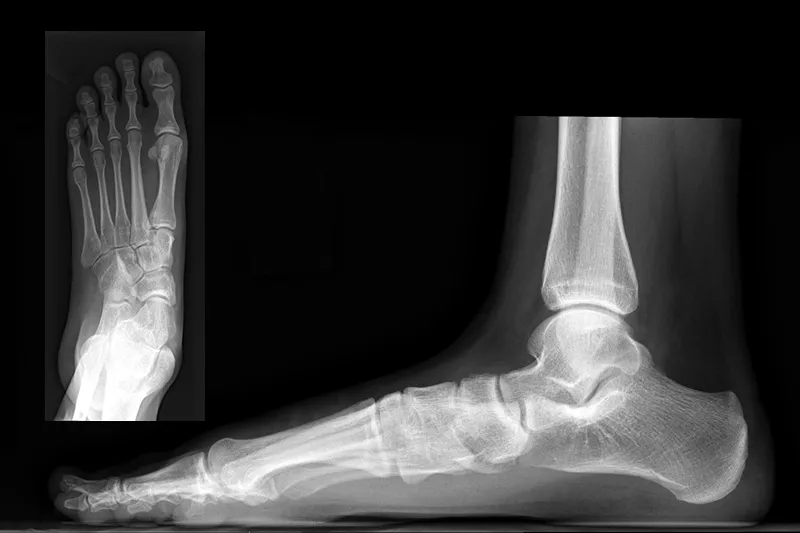
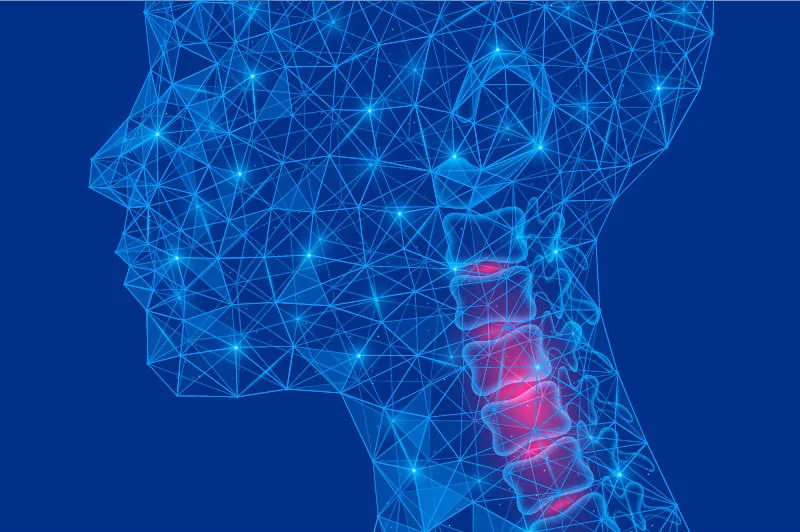
How two attending surgeons — a neurosurgeon and orthopedic surgeon, both with defined roles in the OR — collaborate on complex cervical spine deformities.
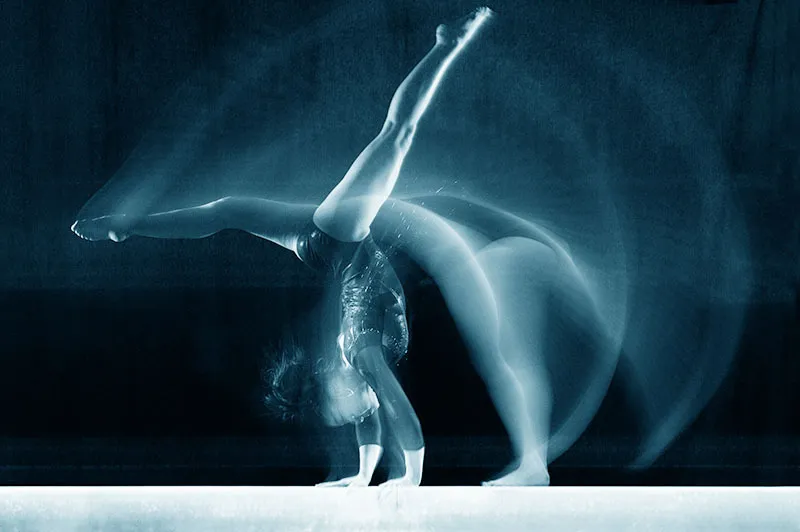
A set of return-to-gymnastics protocols for five common upper extremity injuries provide step-by-step guidelines to help gymnasts rebuild strength and stability.
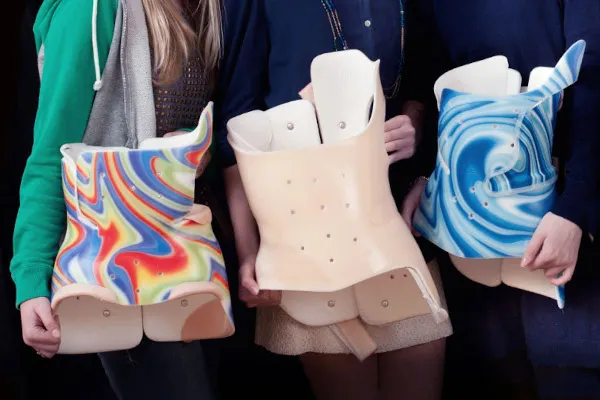
If surgeons could predict which patients are least likely to adhere to bracing, they may be able to intervene and improve patient outcomes.

Marijuana use is rising among adolescents, but clinical documentation has not kept up. That hinders research.
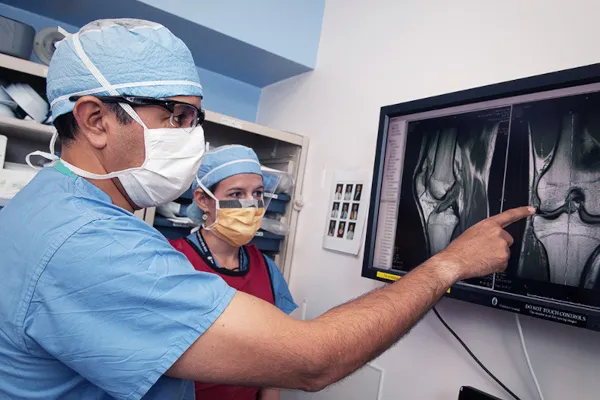
Do age and gender affect how well patients do after ACL surgery? Centers around the U.S. are looking for answers.
Basic research
Our basic and translational research tackles such questions as how diseases that affect the skeletal system originate and how this knowledge can be used to develop new treatments.
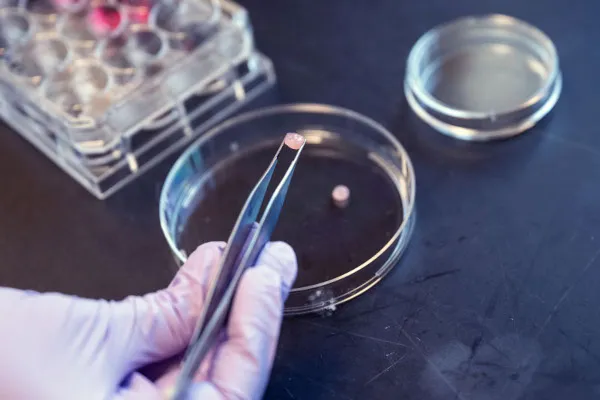
Researchers are developing a procedure to generate tissues that could be used to repair damaged cartilage and stop disease progression.
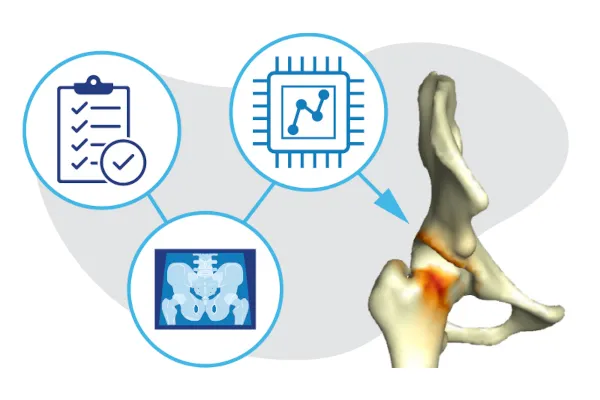
VirtualHip combines AI and 3D imaging to provide detailed information on hip disorders for improved diagnosis and surgical planning.
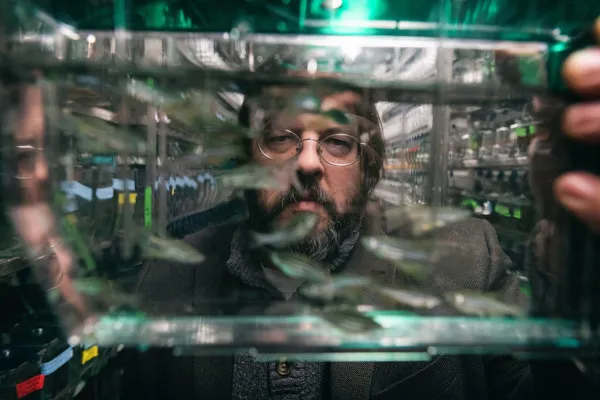
From Antarctic ice fish to Caribbean flying fish, Matthew Harris studies a variety of skeletal traits that may shed light on human skeletal conditions.
Innovations in pediatric orthopedic care
Below are some of the innovations developed at Boston Children’s that are advancing orthopedic care:
- Improved surgical method for a common knee injury: Bridge-enhanced ACL restoration (BEAR), the first medical technology to enable healing of a torn anterior cruciate ligament instead of replacing it with a ligament from another part of the body.
- More informed diagnosis and treatment of hip deformities: VirtualHip, an application that uses artificial intelligence and 3D modeling to help surgeons diagnose hip deformities and plan surgeries with greater accuracy.
- Scoliosis treatment without anesthesia: Bracing for infantile scoliosis, replacing casting and the need for anesthesia with infants and toddlers.
- Spinal fusion safety and accuracy: Pioneering use of robotic surgical guidance to increase the accuracy and safety of spinal fusion surgery.

